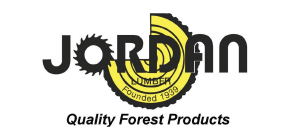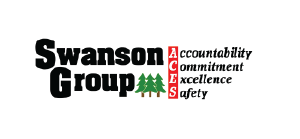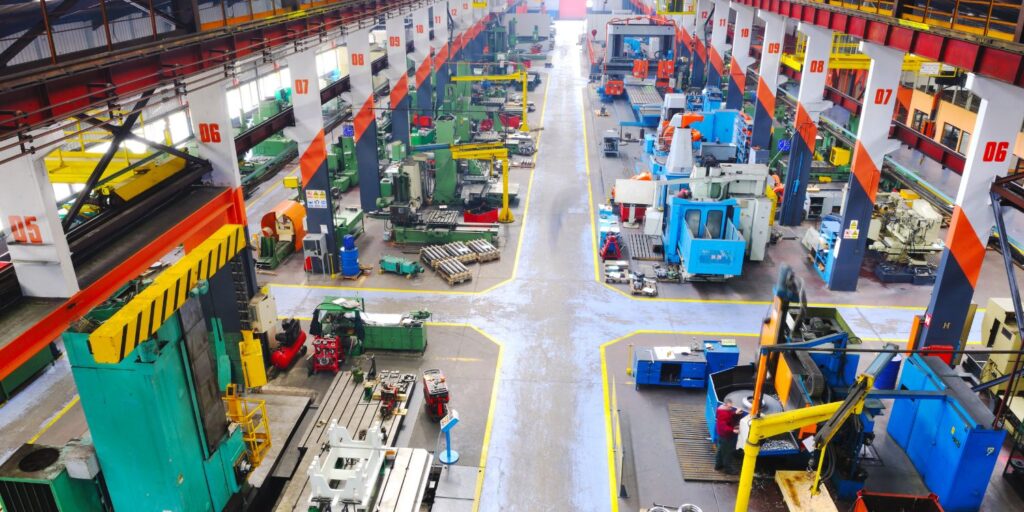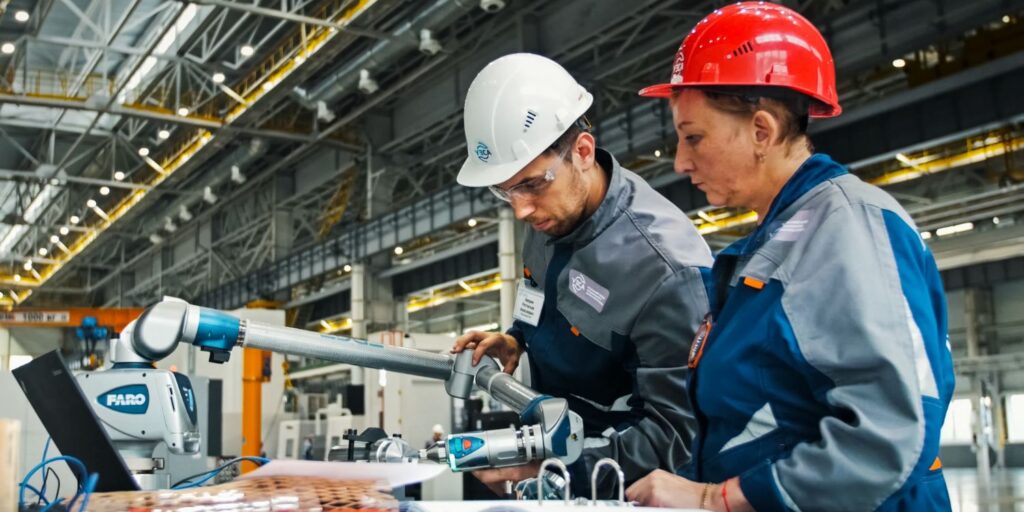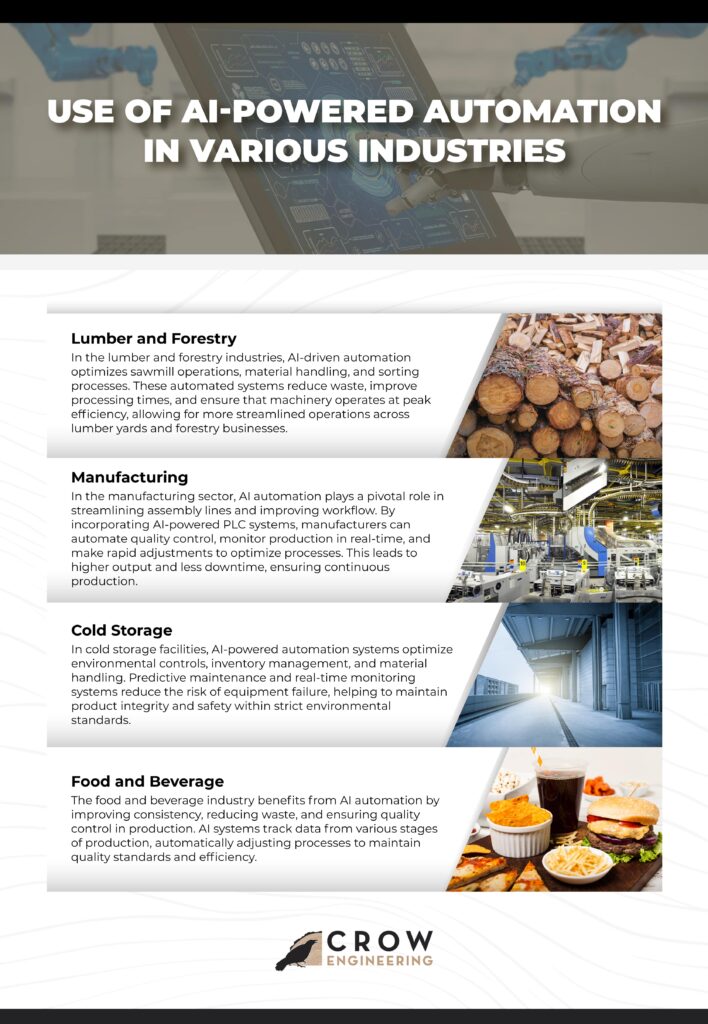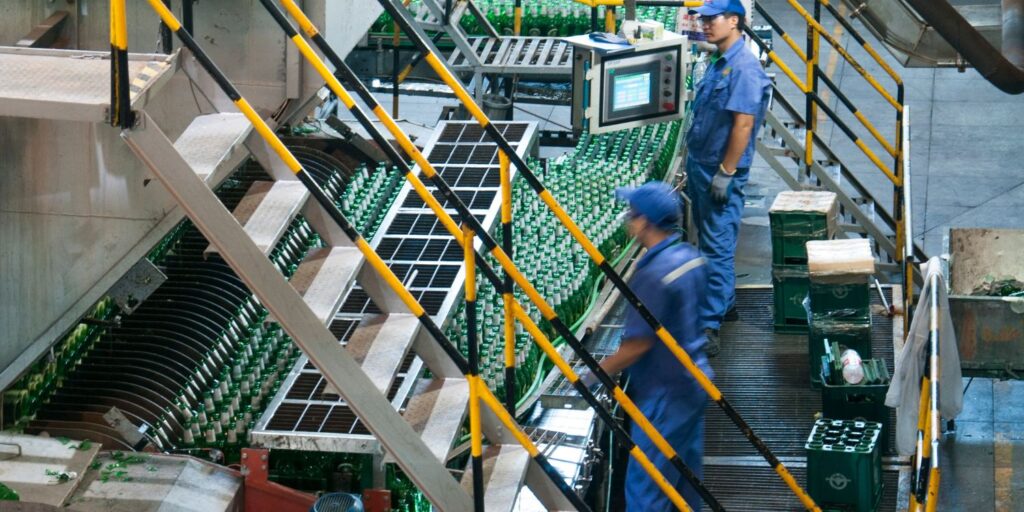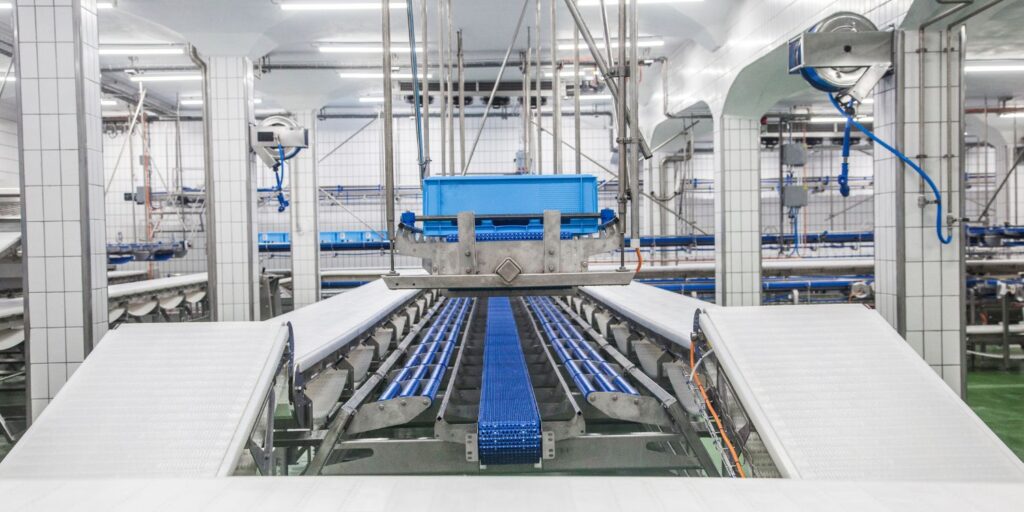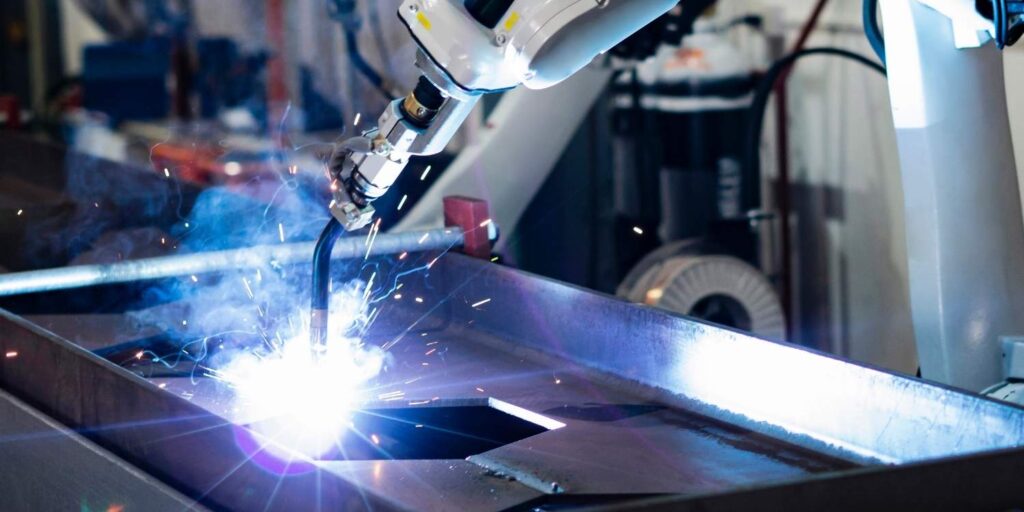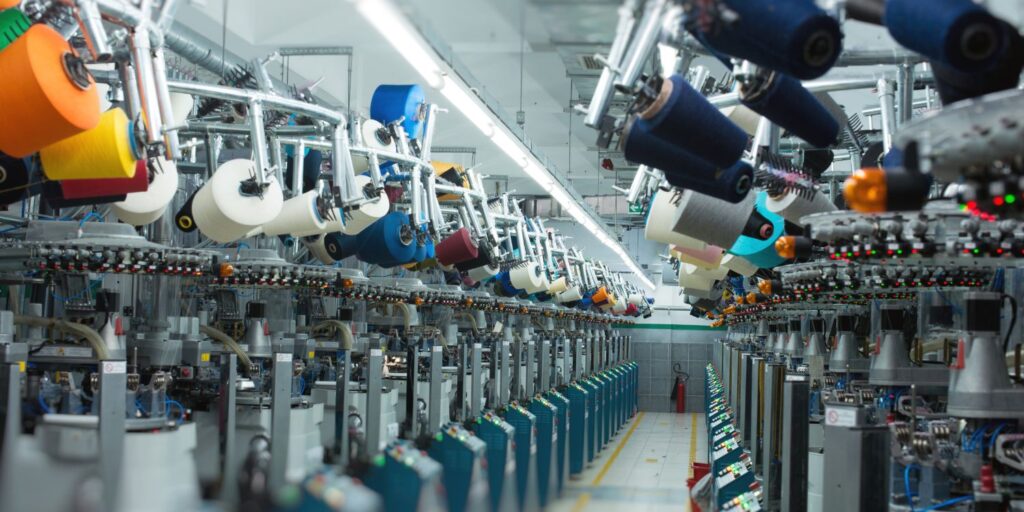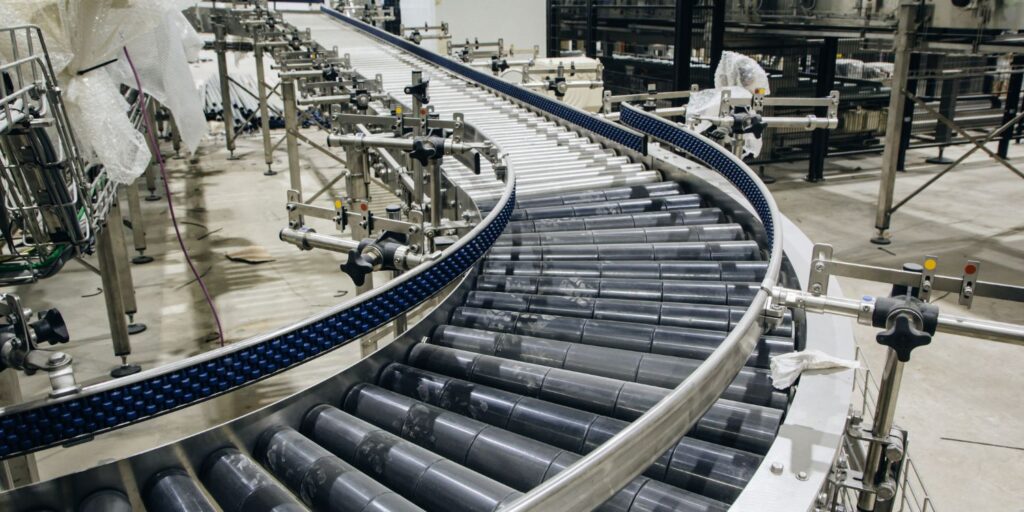Building performance evaluations are essential tools for enhancing the efficiency, comfort, and sustainability of buildings. These evaluations provide a comprehensive analysis of a building’s operational performance, identifying areas where improvements can be made to reduce energy consumption, lower operational costs, and enhance occupant comfort. This blog will explore the process and benefits of building performance evaluations, demonstrating how they contribute to more efficient and sustainable building operations.
What is Building Performance Evaluation?
Building performance evaluation is a systematic process that assesses various aspects of a building’s operations. These evaluations typically cover energy efficiency, HVAC system performance, lighting, and the overall condition of the building envelope. By examining these components, evaluations provide a holistic view of how a building is performing and identify specific areas where improvements can be made.
Benefits of Building Performance Evaluations
One of the primary benefits of building performance evaluations is the significant enhancement of energy efficiency. Evaluations help identify areas where energy is being wasted, such as through inefficient lighting, poor insulation, or suboptimal HVAC operations. By addressing these issues, building owners can reduce their energy consumption, leading to lower utility bills and a smaller carbon footprint.
Additionally, building performance evaluations contribute to operational cost reduction. By optimizing energy use and improving system performance, these evaluations help lower maintenance and operational costs. For example, a well-maintained HVAC system not only consumes less energy but also has a longer lifespan and requires fewer repairs.
Enhancing occupant comfort is another critical benefit. Evaluations often reveal issues with indoor environmental quality, such as inconsistent temperatures, poor air quality, or inadequate lighting. Addressing these problems can lead to a more comfortable and productive environment for building occupants, which is particularly important in commercial and residential settings.
Furthermore, building performance evaluations ensure regulatory compliance. Many local and national standards require buildings to meet specific performance criteria, particularly regarding energy use and environmental impact. Regular evaluations help ensure that buildings comply with these standards, avoiding potential fines and legal issues.
The Building Evaluation Process
The evaluation process typically begins with an initial consultation and data gathering phase, where the evaluators meet with the building owner or manager to understand the specific needs and concerns. This phase is followed by a detailed on-site inspection, where advanced tools and technologies, such as thermal imaging cameras and air quality sensors, are used to gather precise data on the building’s performance.
During the inspection, evaluators conduct various performance tests, including air tightness testing, HVAC performance tests, and lighting assessments. These tests provide a comprehensive picture of how the building’s systems are operating and where improvements can be made. The collected data is then analyzed to identify inefficiencies and areas for enhancement.
After analyzing the data, the evaluators generate a detailed report that summarizes the findings and includes actionable recommendations for improvement. This report often includes visual aids, such as thermal images and charts, to clearly illustrate the identified issues and suggested solutions.
Tools and Technologies Used
Advanced tools and technologies play a crucial role in building performance evaluations. Thermal imaging cameras, for example, are used to detect heat loss and identify insulation issues. These cameras can visualize temperature differences on surfaces, making it easier to spot areas where energy is being wasted.
Air quality sensors are another important tool, as they monitor indoor air quality to ensure a healthy environment for occupants. Poor air quality can lead to health issues and reduced productivity, so it is essential to identify and address any problems.
Energy monitoring systems are also used to track and analyze energy usage in real-time. These systems provide detailed insights into how energy is consumed throughout the building, helping to pinpoint specific areas where efficiency can be improved.
Case Studies and Real-World Applications
Building performance evaluations have been successfully implemented in various real-world scenarios, leading to significant improvements in efficiency and comfort. For instance, a commercial office building might undergo an evaluation that reveals inefficient HVAC operations and poor insulation. By addressing these issues, the building owner can reduce energy consumption, lower operational costs, and create a more comfortable working environment for employees.
Integrating Building Evaluations into Maintenance Plans
Regular building performance evaluations should be integrated into a building’s maintenance plan. Ongoing assessments ensure that the building continues to operate efficiently and that any emerging issues are promptly addressed. This proactive approach helps maintain optimal performance and extends the lifespan of building systems.
Building performance evaluations are essential for enhancing efficiency, reducing operational costs, and improving occupant comfort. By leveraging advanced tools and technologies, these evaluations provide comprehensive insights that help property owners make informed decisions about building maintenance and improvements. Regular evaluations are a critical component of effective building management, ensuring that properties remain efficient, sustainable, and compliant with regulatory standards.
For comprehensive building survey and evaluation services, trust Crow Engineering. Our team of experienced professionals uses cutting-edge technology to deliver precise and reliable results. Contact us to learn more and speak with a building evaluation engineer.
Who are we?
Crow Engineering is a multi-discipline consulting engineering firm serving mechanical, structural, and civil engineering needs for a variety of industries.
Engineering Services
the crow connection
Recent News
The Crow Connection delivers high-level insights on engineering, automation, and process optimization, helping you drive efficiency and innovation. Covering topics like AI-powered automation, manufacturing strategies, and industrial process improvements, it’s a must-read for leaders seeking a competitive edge.



